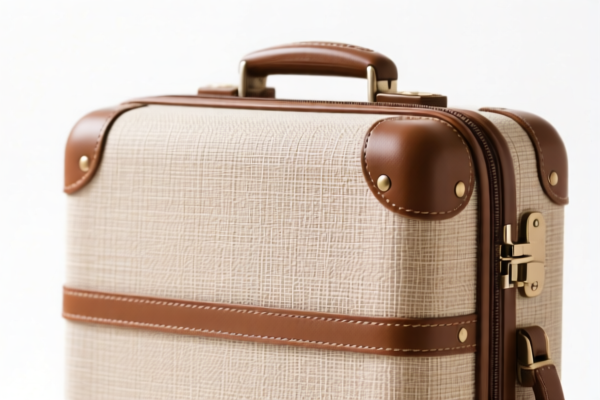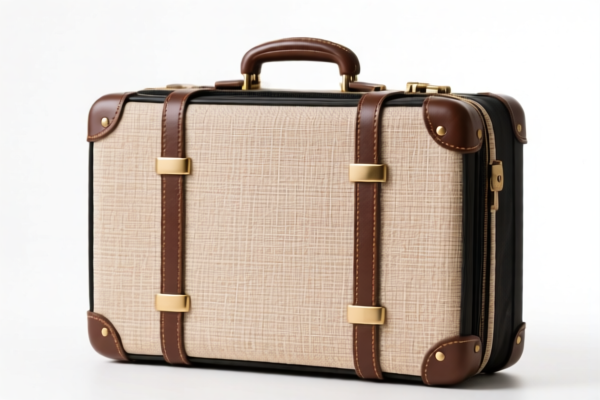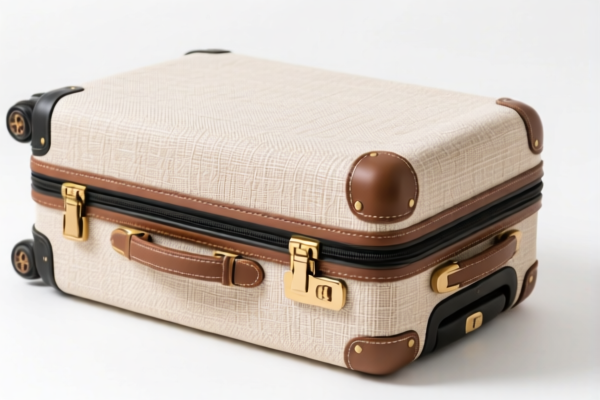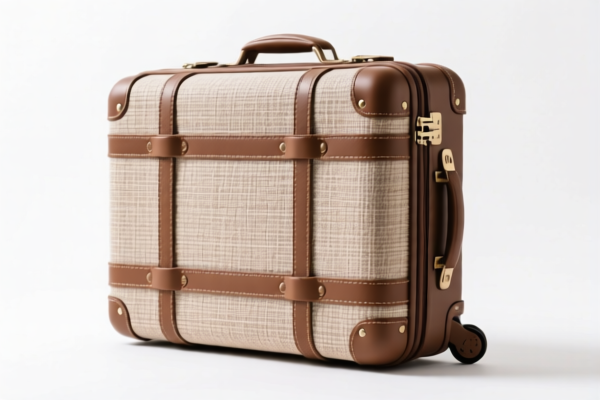| HS Code | Official Doc | Tariff Rate | Origin | Destination | Effective Date |
|---|---|---|---|---|---|
| 8301403000 | Doc | 33.1% | CN | US | 2025-05-12 |
| 8306100000 | Doc | 35.8% | CN | US | 2025-05-12 |
| 8306290000 | Doc | 30.0% | CN | US | 2025-05-12 |
| 7020006000 | Doc | 60.0% | CN | US | 2025-05-12 |
| 7020006000 | Doc | 60.0% | CN | US | 2025-05-12 |
| 9503000090 | Doc | 30.0% | CN | US | 2025-05-12 |
| 9503000073 | Doc | 30.0% | CN | US | 2025-05-12 |
| 4202929100 | Doc | 72.6% | CN | US | 2025-05-12 |
| 4205008000 | Doc | 55.0% | CN | US | 2025-05-12 |
| 4205000500 | Doc | 57.9% | CN | US | 2025-05-12 |




Suitcase Locks with Keys
Suitcase locks with keys are security devices used to deter theft and unauthorized access to luggage. They utilize a mechanical locking mechanism activated by a physical key.
Material
- Brass: Common for its resistance to corrosion and relatively low cost. Often used for the lock body and key cylinders.
- Steel: Provides higher security due to its strength and durability. Frequently used for the shackle. Hardened steel is more resistant to cutting and breaking.
- Zinc Alloy: Offers a balance of strength and cost-effectiveness.
- Plastic: Primarily used for the body in lower-end models, often with metal reinforcing components.
Purpose
The primary purpose is to safeguard the contents of suitcases, briefcases, and other portable containers during travel, storage, or transit. They aim to prevent casual theft or tampering.
Function
These locks operate through a simple mechanical principle: a key with a specific cut pattern aligns pins within the lock cylinder, allowing the shackle to open. The key must be present to unlock the mechanism.
Usage Scenarios
- Air Travel: Securing luggage during check-in, transit, and baggage claim. Note that TSA regulations may require locks to be TSA-approved (see Common Types).
- Train/Bus Travel: Protecting belongings during journeys.
- Storage: Securing suitcases in storage facilities, attics, or basements.
- Everyday Use: Protecting briefcases, backpacks, or gym bags.
Common Types
- Combination Locks (Keyed): These locks combine a combination dial with a key override for added security or in case the combination is forgotten.
- TSA-Approved Locks: Designed with a universal keyway allowing TSA agents to open the lock without damaging it, if necessary, during security inspections. These are highly recommended for air travel in the United States and many other countries.
- Standard Keyed Locks: Basic locks requiring a specific key for operation. Security levels vary based on the quality of materials and mechanism.
- Cable Locks: Feature a flexible cable instead of a rigid shackle, useful for securing luggage to fixed objects.
- Combination Dial Locks: While not strictly "with keys," these are often used as alternatives and provide keyless security.
- Padlocks: General term encompassing many types of suitcase locks, often with a shackle design.
Security Considerations
- Key Duplication: Keys can be duplicated, compromising security.
- Picking: Lower-quality locks are susceptible to lock picking.
- Shackle Strength: A weak shackle can be cut or broken.
- Lock Body Strength: The lock body itself can be forced open with sufficient force.
Maintenance
- Lubrication: Periodic lubrication of the keyway and mechanism can ensure smooth operation.
- Key Storage: Securely store spare keys to avoid loss or theft.
- Corrosion Prevention: Avoid exposure to moisture and corrosive substances.
Suitcase locks with keys fall under the classification of padlocks and locks of base metal, incorporating keys.
Here are the relevant HS codes based on the provided reference material:
- 8301403000: This HS code covers padlocks and locks (key, combination or electrically operated), of base metal; clasps and frames with clasps, incorporating locks, of base metal; keys and parts of any of the foregoing articles, of base metal. Specifically, it includes Other locks: Luggage locks.
- 83: Chapter 83 pertains to Miscellaneous articles of base metal.
- 01: Heading 01 covers padlocks, locks, clasps and frames with clasps.
- 40: Subheading 40 specifies other locks.
- 30: Further specifies luggage locks.
The total tax rate for this HS code is 33.1%, comprised of a 3.1% base tariff and a 30.0% additional tariff effective after April 2, 2025.
Please note that this classification specifically covers luggage locks, which are a subset of padlocks and locks of base metal. Ensure the declared goods accurately match this description for proper customs clearance.
Customer Reviews
No reviews yet.